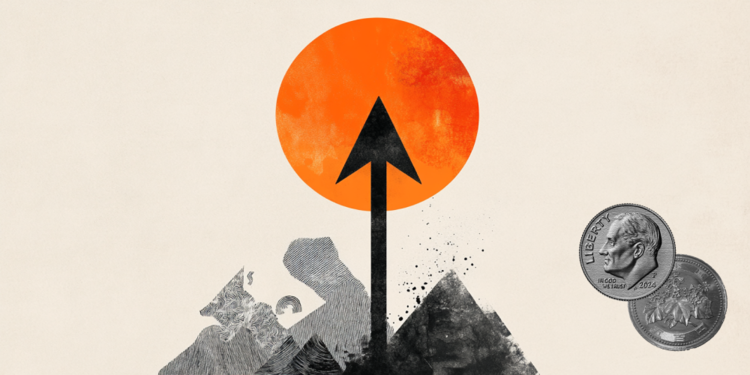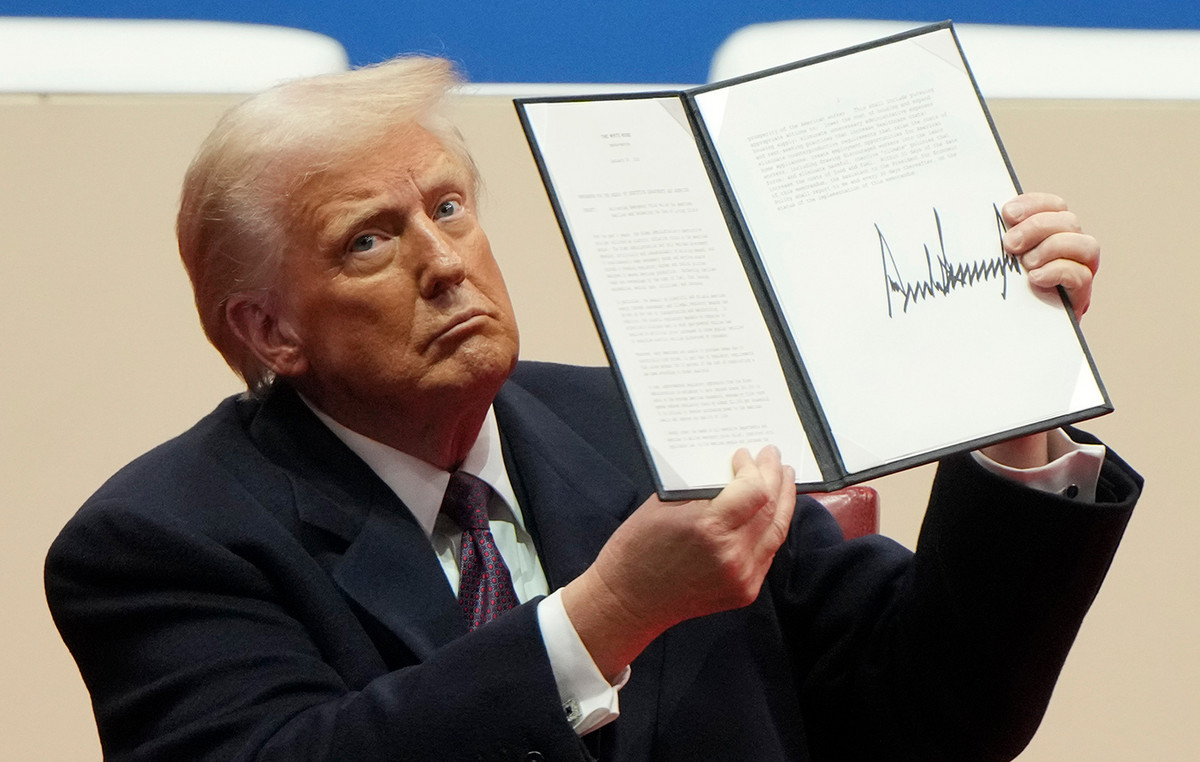the portfolio of credit 2021 should end the year with a 16% rise in the total balance, the best performance since 2012, when it rose 16.4%, and above 2020, with 15.6%. The projection was released this Thursday (20) by the Brazilian Federation of Banks (Febraban).
According to the association’s Special Credit Survey, the 2021 numbers should be above expectations, the result of strong performance by the banks in the year, recovery of the economy with the vaccination and an uninterrupted growth in the granting of credit to families, with an expected expansion of 20.1%.
Febraban’s initial projection for 2021 was for growth of 13.9%. In the case of concessions, an increase of 18% in volume is expected compared to 2020. Operations with free resources should show a rise of 19.6%, with more concessions for both families and companies.
For the month of December, the expectation is for a 2% increase in the loan portfolio, which would be the best performance in the month since 2014. Free credit should rise 2.7%, with a strong performance in the concession lines linked to the consumption.
In the case of concessions in December, a drop of 7.6% is projected. According to Febraban, the data may indicate a cooling of credit in the next readings, considering the scenario of worsening economic conditions and high basic interest rates, the Selic rate.
The survey shows that financial institutions have made available around R$ 7.5 trillion in credit since the beginning of the pandemic.
18.7 million contracts were renegotiated, with the possibility of receiving the emergency aid to 14 million people who had no banking service before.
The balance of loans by banks to microenterprises rose 52% in the pandemic. For small companies, the increase was 38%. The granting of rural credit rose 212%, and that for the purchase of a home, 51.6%.
Specifically in the corporate portfolio, growth in 2021 should be lower than in 2020, with a projection of 10.8%.
Febraban states that the result is influenced by the weak performance of the earmarked resources portfolio, with a drop of 0.1%, due to the end of public credit programs.
“Although it is lower than the average, this advance in the corporate portfolio is very expressive, considering that it grew 21.8% in 2020. Also last year there was the reopening of the capital markets, which displaced an important part of the demand for credit from large bank credit companies to this source of financing”, says Rubens Sardenberg, director of economics, prudential regulation and risks at Febraban.
Reference: CNN Brasil
I am Sophia william, author of World Stock Market. I have a degree in journalism from the University of Missouri and I have worked as a reporter for several news websites. I have a passion for writing and informing people about the latest news and events happening in the world. I strive to be accurate and unbiased in my reporting, and I hope to provide readers with valuable information that they can use to make informed decisions.







